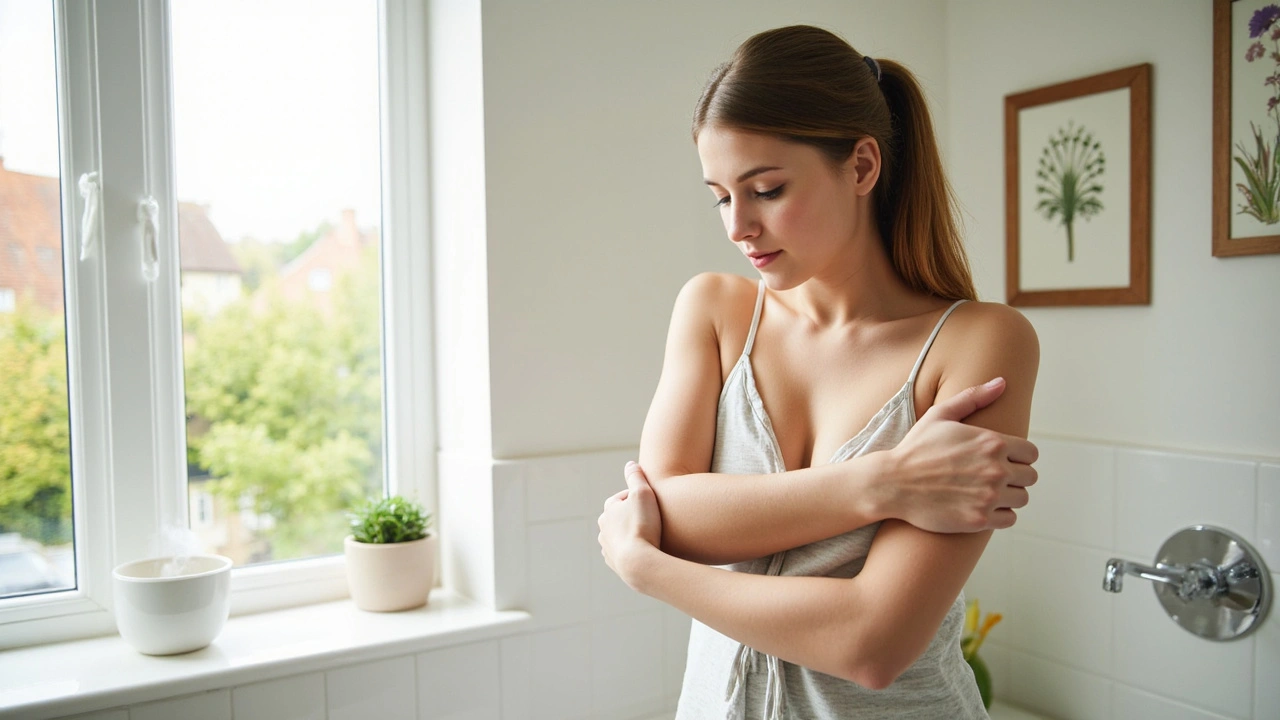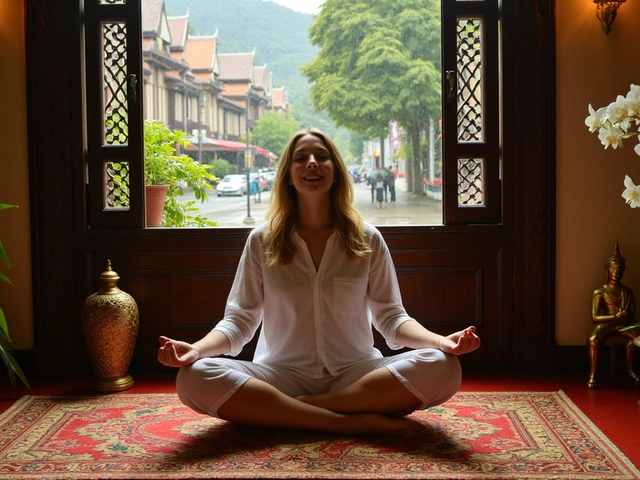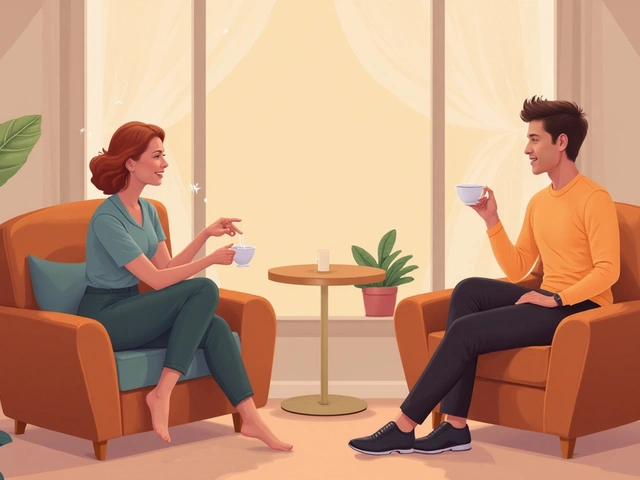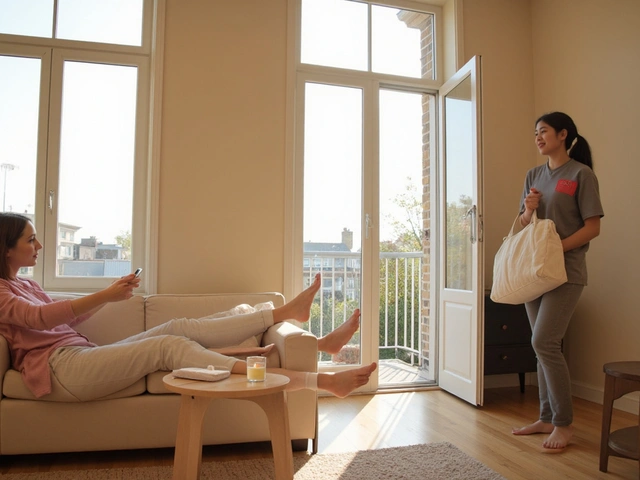Lymphatic Massage Techniques: Quick Guide
If you’ve ever felt puffy after a long flight or sore after a tough workout, you’ve probably wished for a fast way to get the fluid moving again. That’s where lymphatic massage comes in. It’s a light, rhythmic method that nudges the body’s natural drainage system, helping waste leave the tissues and fresh blood flow back in. No fancy equipment, just your hands and a few clear moves.
Why Try Lymphatic Massage?
The lymphatic system is the body’s silent cleaner. It carries waste, old cells, and excess fluid back to the bloodstream where the immune system can deal with it. When the flow slows, you get swelling, bruising, or even a sluggish immune response. A quick lymphatic session can reduce that swelling, speed up recovery from injuries, and give your skin a little extra glow. Many London therapists include it in post‑surgery or post‑sport packages because the results are noticeable within a few days.
Step‑by‑Step Techniques
Here’s a simple routine you can try at home or share with a professional. Remember, the pressure should be light—think “feather‑touch” rather than a deep tissue push.
1. Prepare the area. Warm your hands by rubbing them together. You can also apply a small amount of natural oil (like jojoba) to keep the skin slippery.
2. Start at the neck. Place both hands just below the jawline, on either side of the windpipe. Gently pull the skin outward and upward toward the earlobes. Do this 5‑10 times on each side. This opens the main drainage pathways.
3. Move to the shoulders. With the same light pressure, slide your hands from the base of the neck down the front of the shoulders, then back up the side of the arms. Think of “rubbing” the fluid toward the collarbone.
4. Work the arms. Start at the fingertips, using a slow, sweeping motion toward the armpit. Repeat three times per arm. The same pattern applies to the legs—begin at the toes and glide up toward the groin.
5. Finish with the torso. Place one hand on the lower abdomen and the other on the inner thigh, then gently press and release, encouraging fluid toward the groin where the lymph nodes sit. Do this for about a minute.
Do the whole routine once or twice a day if you’re dealing with a lot of swelling. Most people notice less puffiness after a week of consistent practice.
When you book a session in London, look for therapists who mention “lymphatic drainage” or “manual lymphatic drainage” in their services list. They’ll use the same light strokes but often add tools like drainage cups or handheld rollers for extra help.
Keep in mind: don’t massage over open wounds or inflamed skin, and stay hydrated—water helps the lymph flow. If you have a medical condition like lymphedema, check with a doctor before starting.
Whether you’re an athlete, a recovering patient, or just someone who wants to feel less bloat, these lymphatic massage techniques are a low‑cost, low‑risk way to give your body a boost. Try them out, notice how your skin feels, and enjoy the lighter, more energetic version of yourself.
Curious about lymphatic drainage massage? This guide breaks down what it is, why people use it, and how it might help you feel better and less bloated. You'll discover beginner-friendly techniques and what actually happens during a session. Plus, get clear tips on safety, pricing, and how to find a pro near you. Easy, practical info for anyone ready to dip their toes into the world of lymphatic massage.
Read More




